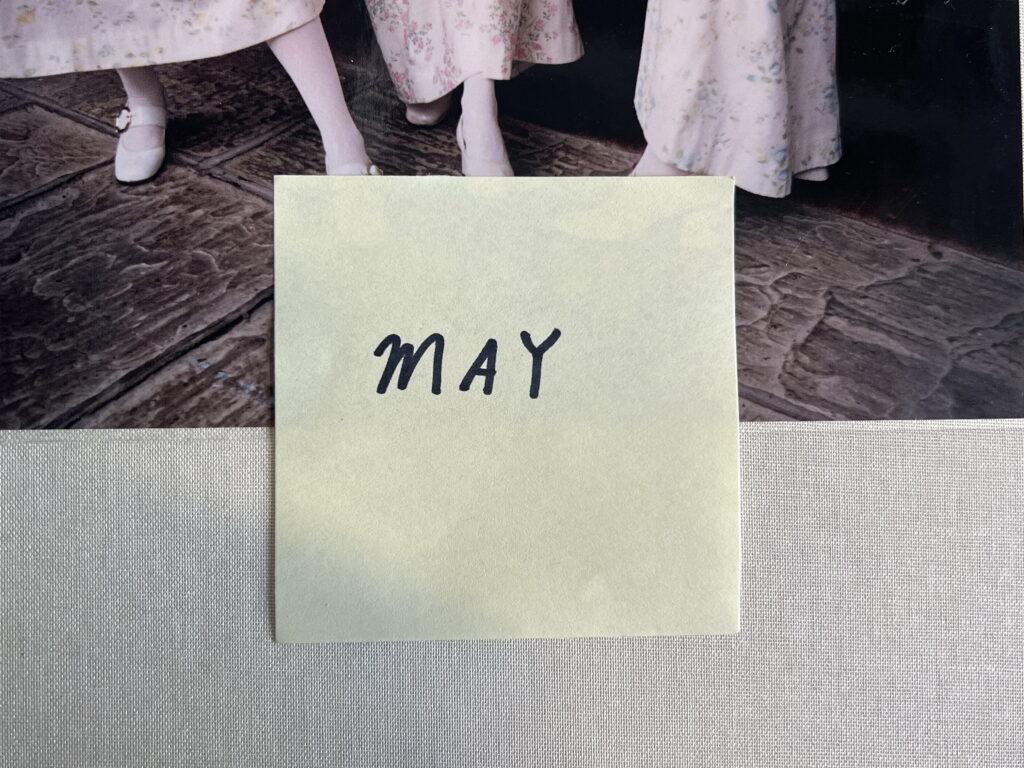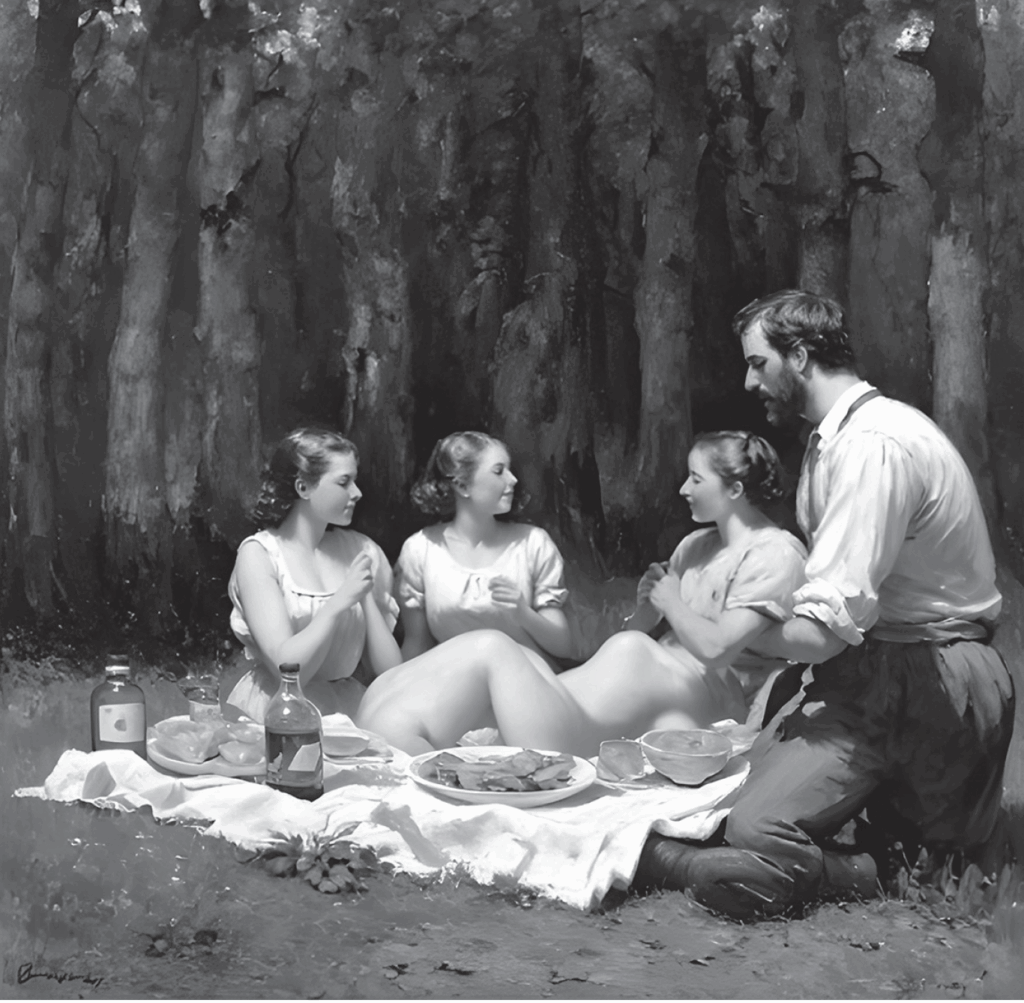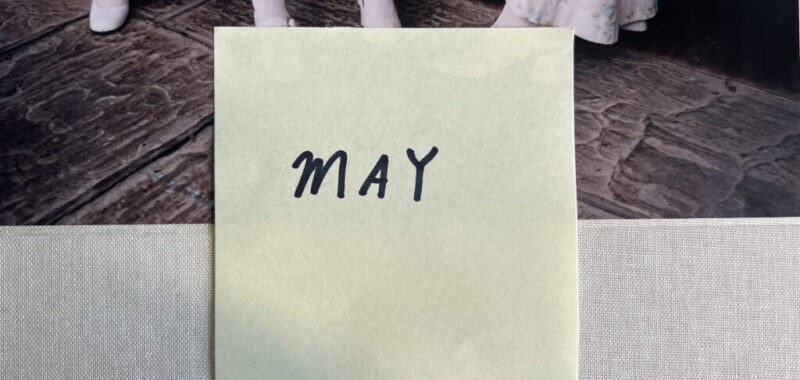
in the back, a book of Corinne Day’s photos on the set of Sofia Coppola’s the virgin suicides, out from MACK this month.
Each month, we comb through dozens of soon-to-be-published books, for ideas and good writing for the Review’s site. Often we’re struck by particular paragraphs or sentences from the galleys that stack up on our desks and spill over onto our shelves. We sometimes share them with each other on Slack, and we thought, for a change, that we might share them with you. Here are some we found this month.
—Sophie Haigney, web editor, and Olivia Kan-Sperling, assistant editor
From Joan Copjec’s Cloud: Between Paris and Tehran: Corbin/Kiarostami/Lacan (MIT Press):
As Ishaghpour puts it in his essay “The True and False in Art,” “It would be fair to say that, according to Kiarostami, the whole world has just one wish: being photographed, appearing in a film, being on the screen. So much so, that it would be necessary to change Descartes’s formula into ‘I have an image, [therefore] I [am].’ ” Why should women be exempt from this elemental desire to have an image—a desire so elemental that even the God of Islam is acknowledged to have pined for one. For want of an image he was hidden even from Himself.
Those who protest against the assimilation of women to an image are right to do so, though it needs to be acknowledged that there is a critical difference between an image that assimilates what it depicts (or: reduces it to an object) and an epiphanic image. The latter—or “incorruptible”—form of the image performs an epiphanic function. It directs us to attend not merely to what it shows on its surface but also to what nestles in its shadow. One of the most famous illustrations of such an image is the painting of a veil by Parrhasios, which prompted those who looked at it to wonder what lay beneath it. The function of the image in this case is not merely to draw our attention to what is visible but also to what is not.

A rendering by Stable Diffusion 3, in the style of Édouard Manet.
From Hito Steyerl’s Medium Hot: Images in the Age of Heat (Verso), on the text-to-image model Stable Diffusion 3:
At its launch, SD3 might have profited from an automated cover-up function too. Just imagine the creatures in the image above all fitted with lovely abstract, sail-like covers. The generator could even have used the oversized tablecloth to wrap all four figures up into a single Christo-themed package. Just as the Berlin Reichstag looked much better when Christo and Jeanne-Claude wrapped it in 1995, Stable Diffusion’s creatures would have benefitted aesthetically from an abstraction cloak (which might also have hidden the disturbing puppeteering issue going on in the right hand side of the rendering).
In her Souvenirs (David Zwirner), first published in French in 1835, Élisabeth Louise Vigée Le Brun, court painter to Marie Antoinette, writes:
Since I have already told you, dear friend, how much attention I excited at promenades and other sights, so much so that I often had crowds around me, you can easily understand that several admirers of my countenance made me paint theirs also, in the hope of pleasing me, but I was so absorbed in my art that nothing had the power of distracting my thoughts. Besides, the moral and religious precepts inculcated by my mother protected me from the seductions with which I was surrounded. Fortunately for me, I had never read a single novel. The first I read (it was Clarissa Harlowe, which interested me extremely) was not till after my marriage; up to that time I read only religious books, The Lives of the Holy Fathers, among others, for everything is contained therein, and a few class books belonging to my brother.
But to return to these admirers. As soon as I discovered that they wanted to gaze at me with les yeux tendres, I painted them with the eyes averted, which prevented them from regarding the painter. And then, at the least movement round of their eyes, I said, “I am just at the eyes,” which was annoying for them, as you can suppose.
From Sarah Bliston’s The Lost Orchid: A History of Plunder and Obsession (Harvard University Press), a history of nineteenth-century “orchidelirium” and the search for a rare orchid:
[The lost orchid] was rediscovered at a ball in Paris, in a lady’s corsage … where “an orchid enthusiast attached to the British legation saw it. He looked once, twice (in fact as often as etiquette would permit a gentleman to do).”
From Jordan Thomas’s When It All Burns: Fighting Fire in a Transformed World (Riverhead):
The Spanish were not alone in their hatred of flames. They were, rather, caught in a global wave of fire suppression that, at this particular historical moment, Europeans carried to every habitable continent. In 1749, the same year Junípero Serra arrived in the Americas, Pennsylvania passed its first fire ban. A few years later, the New England colonies restricted fire “as a check upon that very destructive practice taken from the Indians.” During that same period, Dutch trading corporations began executing Indigenous South Africans for burning the land. Meanwhile, British officials lamented that “the wild tribes” of India were “devastating the forests,” leaving “a heap of ashes and irreversible ruin in their wake.” As French industrialists colonized Vietnam, Laos, and Cambodia, they complained about “the fires started by the natives,” which were “the plague of Indochinese forests.” Even in Ireland, where farmers and shepherds had tended the land with fire since the end of the last Ice Age, the English, after invading, passed a 1743 law “to prevent the pernicious practice of burning land.” Everywhere European colonizers laid their claims, they extinguished fire.
From Yiyun Li’s Things in Nature Merely Grow (Knopf):
If one is destined to live as a Sisyphus in an abyss, there is good sense in distinguishing a meaningful boulder from insignificant pebbles. A Sisyphus making a boulder out of a pebble would only become a comedy. In the past few months I’ve developed a habit of scrutinizing my mind: is this thought a pebble of a thought, is this worry a pebble of a worry, is this question, seemingly unanswerable, only a pebble of a question?

